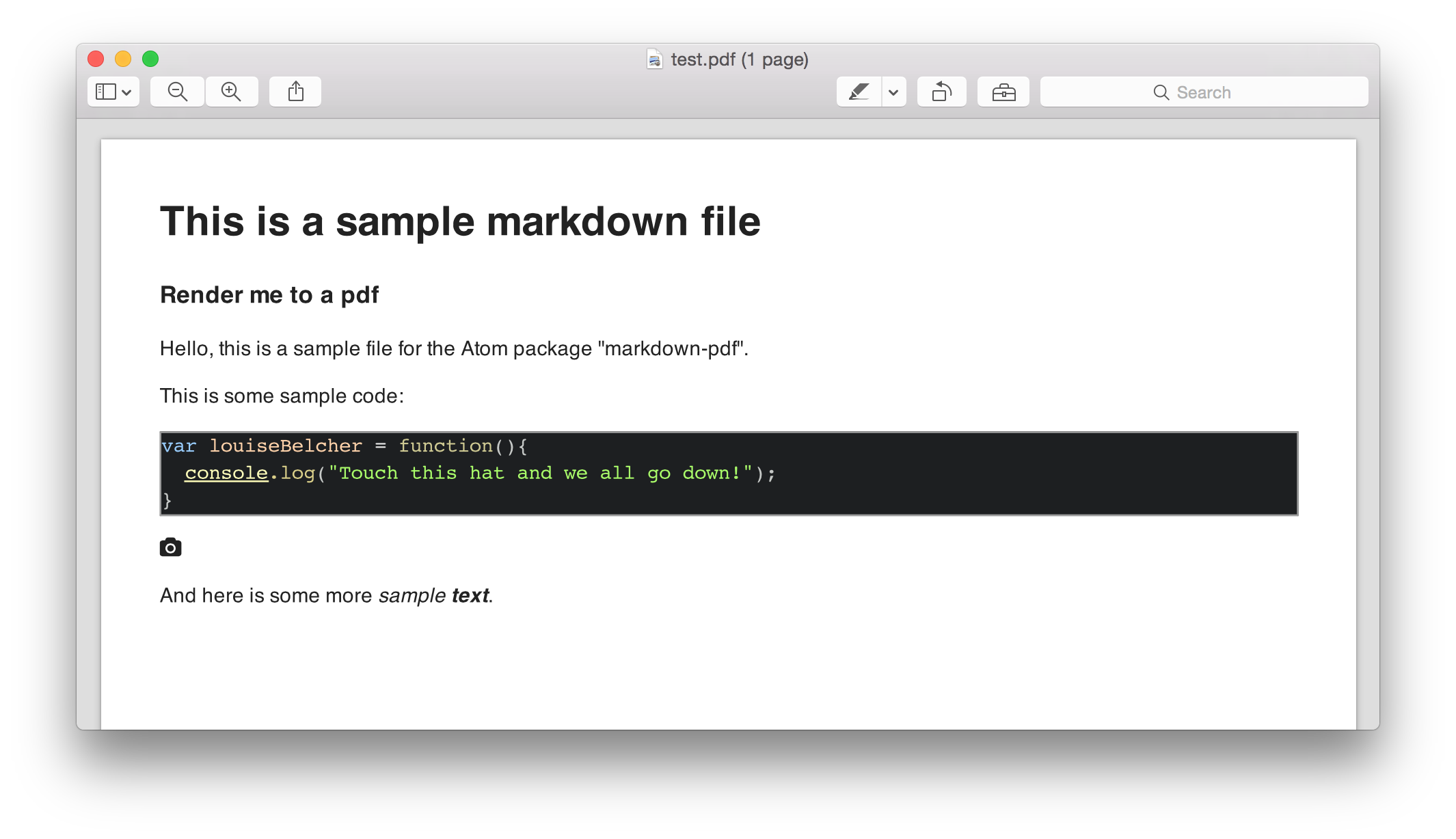
- #Rmarkdown github readme for free
- #Rmarkdown github readme how to
- #Rmarkdown github readme code
- #Rmarkdown github readme download
If you still want the HTML but also the intermediate markdown, there’s a way to request that too. Where foo.md is GitHub-flavored markdown. This means rendering look like this: foo.Rmd -> foo.md In that case, we switch the output format to github_document. In many cases, you only want the markdown. In contrast, HTML is rendered as plain text on GitHub and you’ll have to take special measures to see it the way you want.
#Rmarkdown github readme for free
This is great because it preserves all the charms of plain text, but gives you a pseudo-webpage for free when you visit the file in the browser. They are rendered in an almost HTML-like way. GitHub gives very special treatment to markdown files. The magical process that turns your R Markdown to HTML is like so: foo.Rmd -> foo.md -> foo.htmlīy default RStudio discards this, but you might want to hold on to that markdown file! This is another good time to commit changes. foo.Rmd AND the resulting HTML foo.html.Ĭongratulations, you’ve just made your first reproducible report with R Markdown. You should see the original R Markdown document, i.e. RStudio should display a preview of the resulting HTML. Making change very visible is one of the big benefits of using Git.Ĭlick on “Knit HTML” or do File > Knit Document. That will help you see exactly what’s happening with your files, because this will appear as a “diff” in the Git pane. Trust me on this and do this for a while. Save in the top-level of this RStudio project and Git repository, that is also current working directory. Save this document to a reasonable filename and location.

The filename is for humansĪnd computers, so it should have similar words in it but no spaces and no But the title andįilename should be related! Why confuse yourself? The title is for humanĮyeballs, so it can contain spaces and punctuation. Necessarily have anything to do with the file’s name. This will appear in the document but does not We test our system’s ability to render the “hello world” of R Markdown documents before we muddy the waters with our own, probably buggy, documents. It is best to increase complexity in small increments. We are modelling “walk before you run” here. Launch RStudio in a Project that is a Git repo that is connected to a GitHub repo. Using the command below converts the contents of the file and save the result to a variable named $md.We’ll practice with RStudio’s boilerplate R Markdown document. Suppose the Markdown file to convert is named sample_readme.md. The latest release as of this writing is PowerShell 7.0.3. This cmdlet converts the contents of a Markdown file into a Markdowninfo object in PowerShell. PowerShell 6.1 introduced the cmdlet ConvertFrom-Markdown.
#Rmarkdown github readme how to
In this section, you will learn about some command-line tools used to convert Markdown to HTML and how to use them. These command-line tools are useful if you’re converting multiple Markdown documents, running server-side processes, or scripting. Using Command-Line Tools To Convert Markdown to HTML You will only need them if you choose to do the examples.
#Rmarkdown github readme download
You can create your own or download this sample_readme.md file. If you plan to follow along with the examples in this article, you need to have:

If you share raw Markdown documents with non-technical people, it would mean nothing to them.Then, convert your Markdown page to HTML, which you can upload to your website. If you have a static website, sometimes it is quicker to write a web page using Markdown.To view the document the way the Markdown formatting intended, it has to be in HTML. A Markdown file on its own is just code.Some reasons when you will need to convert Markdown to HTML include: When it’s time to view the Markdown document, you are still looking at its HTML rendering.
#Rmarkdown github readme code
If Markdown is so great, why is there are need to convert it to HTML? Remember that Markdown is the code (the Markdown syntax) behind how the document is formatted. Instead, to teach you the many ways to convert Markdown to HTML. But, this article is not about convincing you to use Markdown. If you write documentation, there’s a good chance that you’re writing them in Markdown.


 0 kommentar(er)
0 kommentar(er)
